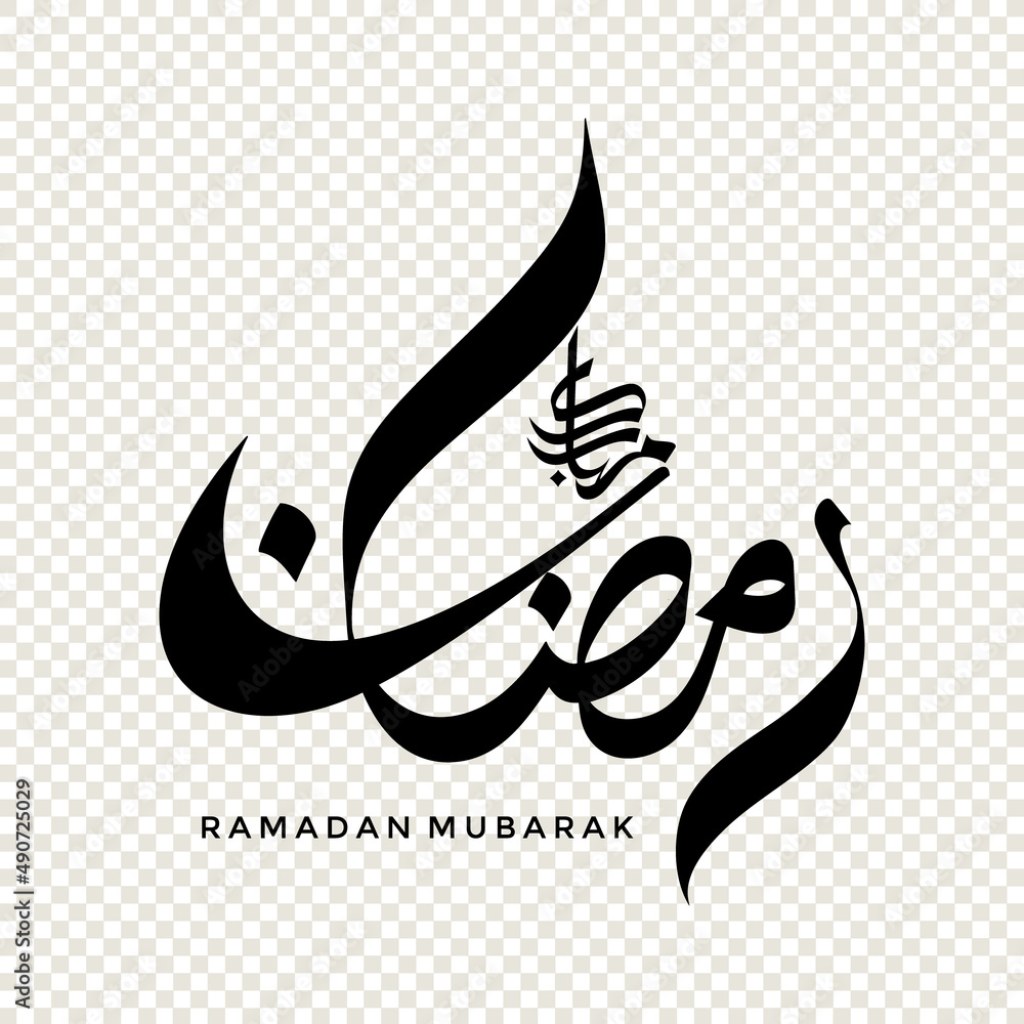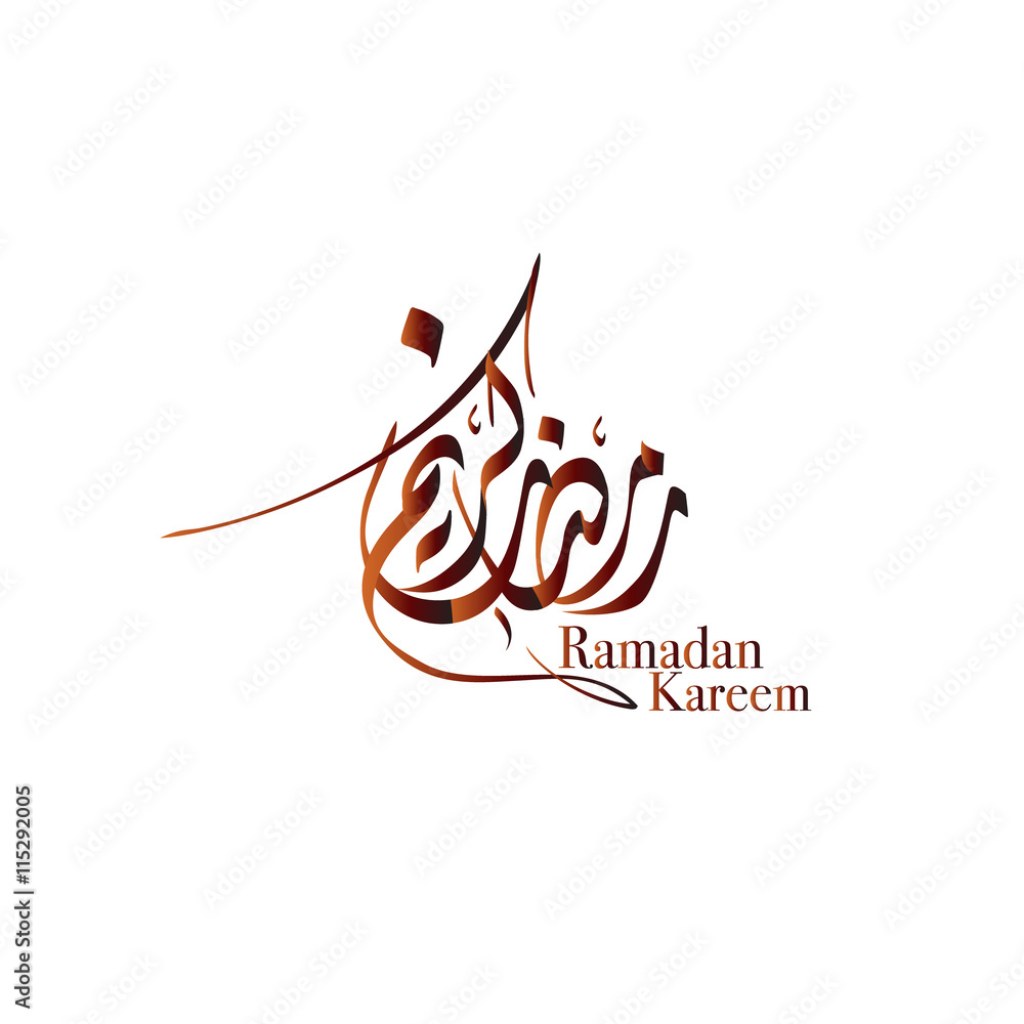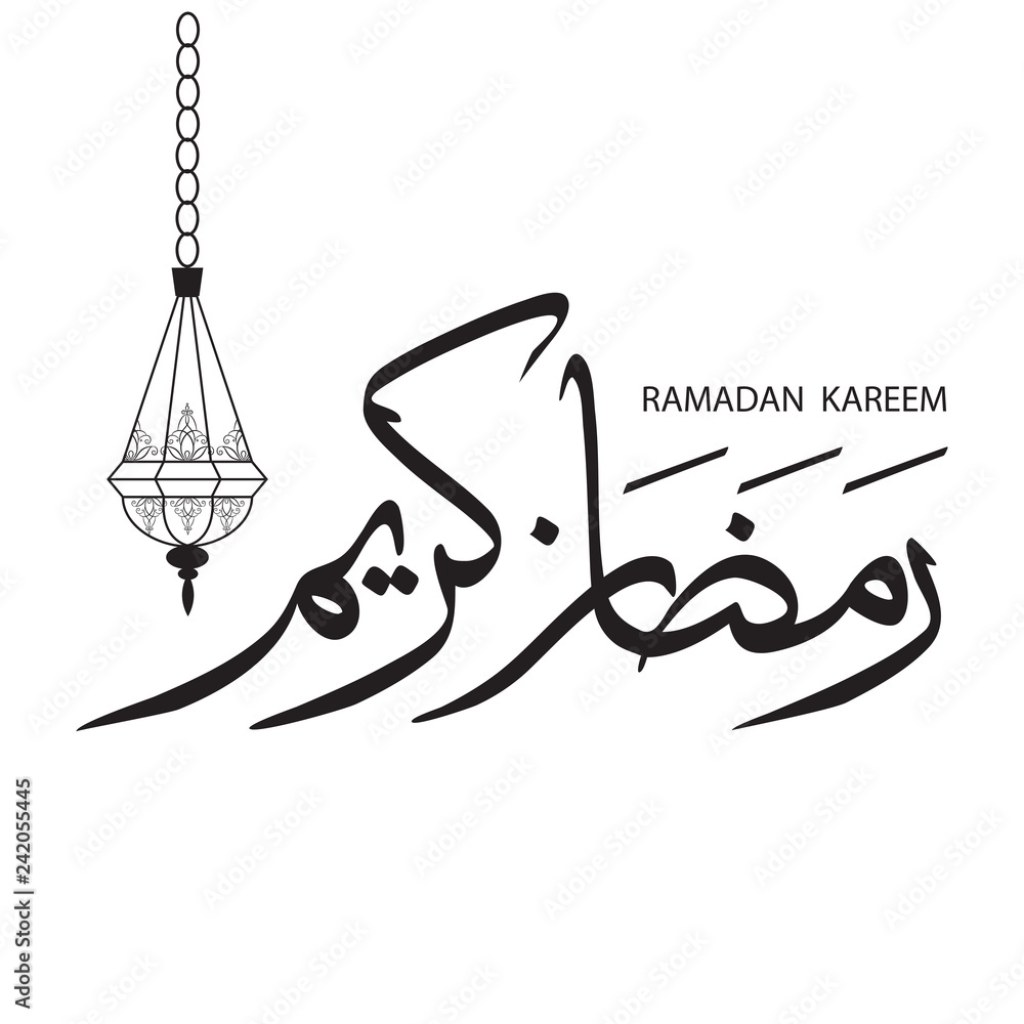Mesmerizing Ramadan Arabic Calligraphy: A Captivating Journey Of Faith And Art
Ramadan Arabic Calligraphy: A Blend of Art and Spirituality
Greetings, Ramadhan enthusiasts and lovers of the Islamic holy month! As we embark on this sacred journey of self-reflection and devotion, let us explore a fascinating aspect of Ramadan that encompasses both artistry and spirituality – Ramadan Arabic Calligraphy.
Introduction
The art of Arabic calligraphy has deep roots in Islamic culture and has been an integral part of Ramadan traditions for centuries. This unique form of expression combines the beauty of the Arabic script with the rich symbolism of Islamic teachings, creating a visual representation of devotion and reverence.
3 Picture Gallery: Mesmerizing Ramadan Arabic Calligraphy: A Captivating Journey Of Faith And Art



During the holy month of Ramadan, Muslims around the world engage in various forms of worship, including reciting the Quran, fasting from sunrise to sunset, and engaging in acts of charity. However, Arabic calligraphy adds another dimension to this spiritual experience, allowing individuals to connect with the divine through the strokes of a pen.
Let us now delve into the world of Ramadan Arabic calligraphy and uncover its significance, history, and impact on the Muslim community.
What is Ramadan Arabic Calligraphy?

Image Source: ftcdn.net
Ramadan Arabic calligraphy is an art form that focuses on writing verses from the Quran, sayings of the Prophet Muhammad, and other religious texts in the Arabic script. It goes beyond mere writing and encompasses intricate designs, patterns, and styles that enhance the visual appeal of the words.
The calligraphers, known as khattats, use various tools such as reed pens, brushes, and ink to create their masterpieces. They carefully select the type of script, size, and placement of each word to ensure a harmonious composition that conveys the intended message.
The Beauty of Arabic Script
Arabic calligraphy is renowned for its elegance, fluidity, and aesthetic appeal. The flowing lines, curves, and intricate details of the script draw the viewer’s attention and evoke a sense of awe and reverence.
The beauty of Arabic script lies not only in its visual appeal but also in its spiritual significance. Muslims believe that the Arabic language is sacred, as it is the language in which the Quran was revealed to Prophet Muhammad. Thus, writing and reciting Arabic script hold immense spiritual value for believers.
Symbolism in Ramadan Arabic Calligraphy

Image Source: ftcdn.net
Ramadan Arabic calligraphy incorporates various symbols that hold deep meaning within the Islamic tradition. These symbols often represent the attributes of Allah, the Prophet Muhammad, or the concepts of faith, mercy, and love.
For example, the symbol of a crescent moon, often seen in Ramadan calligraphy, represents the beginning of the lunar month and the start of Ramadan. This symbol reminds Muslims of the importance of the lunar calendar in determining the dates of Islamic events.
Similarly, calligraphic representations of the Bismillah (In the name of Allah) or the Shahada (the Islamic declaration of faith) serve as a constant reminder of the central tenets of Islam and the importance of acknowledging and submitting to the will of Allah.
The Historical Significance
The origins of Arabic calligraphy can be traced back to the early days of Islam. In the absence of widespread literacy, calligraphy became instrumental in preserving and disseminating Islamic teachings. Scribes and calligraphers played a crucial role in transcribing the Quran and other religious texts, ensuring their accurate preservation for generations to come.

Image Source: ftcdn.net
Over time, Arabic calligraphy evolved into an art form that was not only functional but also aesthetically pleasing. It adorned the walls of mosques, palaces, and manuscripts, serving as a testament to the skill and devotion of the calligraphers.
Who Practices Ramadan Arabic Calligraphy?
Ramadan Arabic calligraphy is practiced by both professional calligraphers and enthusiasts alike. It is a craft that requires years of practice and dedication to master. Today, calligraphy workshops and classes are held during Ramadan, allowing individuals to learn and appreciate the art form.
Professional calligraphers often create customized pieces for individuals or institutions, such as mosques and Islamic organizations. These pieces may include Quranic verses, prayers, or other religious texts that hold personal meaning for the patrons.
Contemporary Artists
In recent years, contemporary artists have also embraced Ramadan Arabic calligraphy as a means of expression. They combine traditional calligraphy techniques with modern art forms to create unique and thought-provoking pieces.
These artists explore new materials, colors, and styles, pushing the boundaries of traditional calligraphy while staying true to its spiritual essence. Their work serves as a bridge between the past and the present, merging tradition with innovation.
When and Where is Ramadan Arabic Calligraphy Displayed?
Ramadan Arabic calligraphy can be seen in various settings during the holy month, ranging from private homes to public spaces.
Mosques
Mosques play a central role in showcasing Ramadan Arabic calligraphy. The walls, arches, and prayer halls of mosques often feature verses from the Quran or other religious texts in beautifully crafted calligraphy. These intricate designs create a serene and spiritual atmosphere, enhancing the worship experience for the faithful.
Art Exhibitions
During Ramadan, art galleries and cultural centers organize exhibitions that highlight the beauty of Ramadan Arabic calligraphy. These exhibitions provide a platform for both established and emerging calligraphers to showcase their work and engage with the wider community.
Home Decor
Many Muslims choose to decorate their homes with Ramadan Arabic calligraphy during the holy month. Calligraphic artwork, framed verses from the Quran, and illuminated manuscripts serve as a visual reminder of the spiritual significance of Ramadan and create a sacred ambiance within the household.
Why is Ramadan Arabic Calligraphy Significant?
Ramadan Arabic calligraphy holds immense significance within the Muslim community. Its importance can be understood through the following aspects:
Spiritual Connection
Through the practice of Ramadan Arabic calligraphy, individuals deepen their spiritual connection with the divine. The act of writing and reciting sacred texts fosters a sense of closeness to Allah and serves as a form of worship in itself.
Cultural Heritage
Arabic calligraphy is deeply ingrained in the cultural heritage of the Islamic world. It serves as a link to the past, connecting Muslims across generations and geographical boundaries. Preserving and promoting this art form ensures the continuity of Islamic traditions and values.
Education and Appreciation
Studying and appreciating Ramadan Arabic calligraphy allows individuals to gain a deeper understanding of the Quran and Islamic teachings. The intricate designs and symbols convey profound messages that enrich the spiritual and intellectual lives of believers.
Advantages and Disadvantages of Ramadan Arabic Calligraphy
While Ramadan Arabic calligraphy holds great artistic and spiritual value, it also comes with its own set of advantages and disadvantages.
Advantages
Enhances Spiritual Reflection: Ramadan Arabic calligraphy creates a serene environment that aids in spiritual reflection during the holy month.
Promotes Islamic Identity: By incorporating Islamic teachings into calligraphic designs, Ramadan Arabic calligraphy strengthens the sense of Islamic identity among Muslims.
Preserves Cultural Heritage: The practice of Ramadan Arabic calligraphy ensures the preservation and promotion of Islamic cultural heritage for future generations.
Encourages Creativity: Both professional calligraphers and enthusiasts can unleash their creativity through Ramadan Arabic calligraphy, resulting in unique and awe-inspiring artwork.
Artistic Expression: Ramadan Arabic calligraphy provides a platform for artists to express their devotion, creativity, and love for the Arabic language.
Disadvantages
Accessibility: Learning the art of Ramadan Arabic calligraphy requires time, dedication, and access to proper training.
Commercialization: In some cases, the commercialization of Ramadan Arabic calligraphy may dilute its spiritual significance and turn it into a mere commodity.
Limitations in Interpretation: While calligraphy is a visual art form, its interpretation may vary among viewers, potentially leading to misunderstandings or misinterpretations.
Frequently Asked Questions (FAQs)
Q: Is Ramadan Arabic calligraphy only practiced during Ramadan?
A: While Ramadan is a time when the significance of Arabic calligraphy is amplified, it is practiced year-round as an expression of devotion and love for the Arabic language and Islamic teachings.
Q: Can anyone learn Ramadan Arabic calligraphy?
A: Yes, anyone with dedication and a willingness to learn can embark on the journey of mastering Ramadan Arabic calligraphy. It is a skill that can be developed through practice and proper guidance.
Q: How long does it take to become proficient in Ramadan Arabic calligraphy?
A: The time required to become proficient in Ramadan Arabic calligraphy varies depending on individual dedication, practice, and natural talent. It can take several months to years of consistent practice to achieve mastery.
Q: Are there different styles of Ramadan Arabic calligraphy?
A: Yes, there are various styles of Arabic calligraphy, each with its own unique characteristics and historical significance. Some of the prominent styles include Thuluth, Naskh, and Diwani.
Q: Is Ramadan Arabic calligraphy considered a form of worship?
A: While Ramadan Arabic calligraphy is not a direct form of worship, it is considered a spiritual practice that deepens one’s connection with the divine. The act of writing sacred texts and reflecting upon their meaning is seen as an act of devotion.
Conclusion
As we conclude our exploration of Ramadan Arabic calligraphy, let us embrace the beauty and significance of this art form. From its historical roots to its modern-day applications, Ramadan Arabic calligraphy continues to inspire and captivate both artists and viewers alike.
May the strokes of the pen and the intricacies of the script instill in us a deeper appreciation for the beauty of Islamic culture and a renewed sense of devotion during the holy month of Ramadan.
Now, it is time for you, dear reader, to embark on your own journey of discovering Ramadan Arabic calligraphy. Whether it be through attending workshops, exploring exhibitions, or even trying your hand at calligraphy, let this art form enrich your Ramadan experience and deepen your connection with Allah.
Disclaimer
The views and opinions expressed in this article are solely those of the author and do not necessarily reflect the official policy or position of any agency or organization. The information provided is for educational and informational purposes only and should not be construed as legal, financial, or professional advice.
This post topic: Ramadhan


